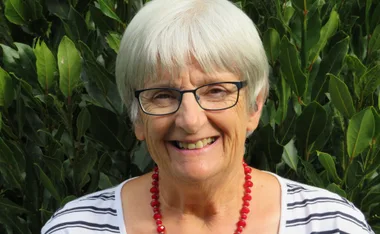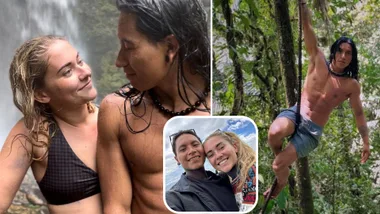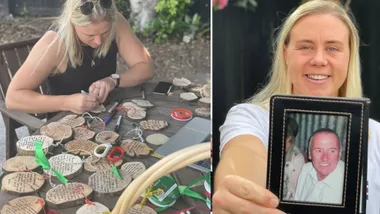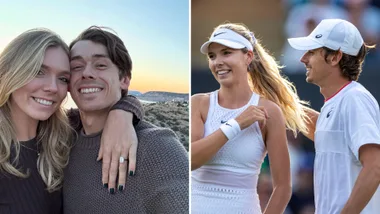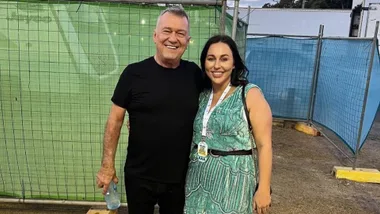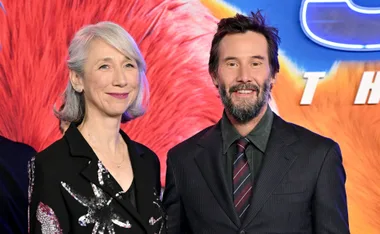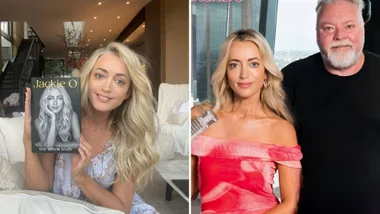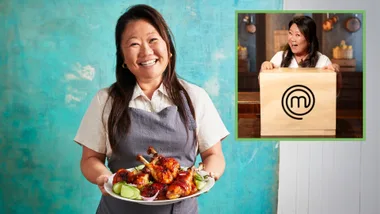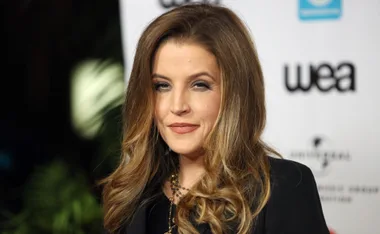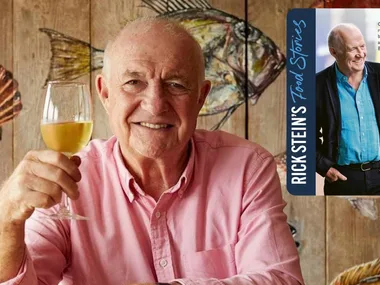She’s released six studio albums and won seven Golden Guitar awards, so it’s obvious singer-songwriter Beccy Cole knows what she’s doing when it comes to country music.
But when talk turns to her love life, the 39-year-old resident of Copacabana, NSW, concedes she hasn’t quite worked it out just yet.
“I’m guilty of crimes of the heart, probably,” Beccy admits. “I’m a saint compared to a lot of others, but I’m not an angel by any means – and I like a drink or seven.”
She talked to our reporter, Sebastian van der Zwan, backstage at the CMC Awards.
You have a song called Shiny Things, which declares your love for all that glistens. Does that extend to your wardrobe?
Absolutely. I’ve got lots and lots of bling. I’ve always been that way, whether it’s in fashion or not. And of course going on stage is a great excuse to don even more bling. I love the excuse that I have to be shiny on stage.
But being distracted by sparkly things is more of a metaphor in this song. I can be engrossed in conversation and suddenly something will catch my eye. I’m a bit like that in my love life too!
Sounds interesting. Can you tell us more?
I’m completely single at the moment – I’m between wrong partners. It’s probably because I’m highly dedicated and motivated with my career. When I love, I love really, really big – and that’s probably detrimental to the business side of things. But when it comes to my song-writing, creatively, it’s probably a good thing.
Your ex-husband, Mick Albeck, plays fiddle on your records. What’s the secret to staying friends?
We’re just good mates and we still very much consider ourselves a family. With marriage, we entered into an agreement and it’s changed slightly over time, but the foundations are still there. We laugh a lot and we have the exact same sense of humour, which is a great thing to base a friendship on. We’ll be together forever – just not, you know, and husband and wife – and I’ll welcome all of his girlfriends, wives, ex-wives and kids into my house at any time!
Does your son, Rikki, follow in his parents’ musical footsteps?
He’s definitely a musician. He plays guitar and drums, and he’s very naturally talented, but there’s no push from me. He’s only 13 and he’s the absolute love of my life. It’s up to him whatever he wants to do. I just tell him to be as brilliant as he can be. That’s all we can do as parents.
What does he think about his mum being a well-known singer?
A lot of my friends are singers, so he thinks that’s just what everybody’s mum does. My best friend, Kasey Chambers, has three kids – and her son is his best friend. He does get a bit embarrassed, though, when he sees my face on the billboards.
Speaking of Kasey, you guys have been friends for more than 20 years. What do you do on girly nights in?
We drink and we laugh. We care about each other and that’s the most important thing. I know she’s always got my back and we know each other secrets – and there are a lot of them! We get together a lot. We had lunch today, actually! She has the biggest heart of anyone I’ve ever come across – and I’ve met a lot of people. She is incredibly generous, but not just because it’s good for her career. She genuinely cares and makes a lot of anonymous contributions, which I’ve probably blown by mentioning it. Oops. She makes you want to be a better human being.
This year, we won an award together for a song we wrote about our friendship and it was so poignant. Twenty years earlier, we’d gone to Tamworth to go busking and then there we were winning an award. We’re doing exactly what we wanted to do when we were kids. We’ve had to work really hard, and we’ve had our dreams shattered and our hearts broken, but essentially we’re living the dream, which is kind of cool.
Is it true you saw Dolly Parton seven times when she was here last?
Oh, yes! She was amazing, incredible… I looked at her and I thought, “That’s what I want to be doing when I’m 66.” She used to say, “Make ‘em laugh, make ‘em cry, scare the hell out of them and go home.” She is the quintessential entertainer. I admire everything about her, especially her ability to laugh at herself – that’s just so important in the business we’re in. You can’t take anything seriously.
You’ll be 40 in October. Would you ever have a nip/tuck like your idol, Dolly?
I’d never say never. Each to their own, I say. If I had the time, there are probably one or two things I would do, but at the moment I’m not completely horrified by the way I look, so I’ll stick with it for a bit.
Newsletter conversion description. Get the latest in your inbox.
















